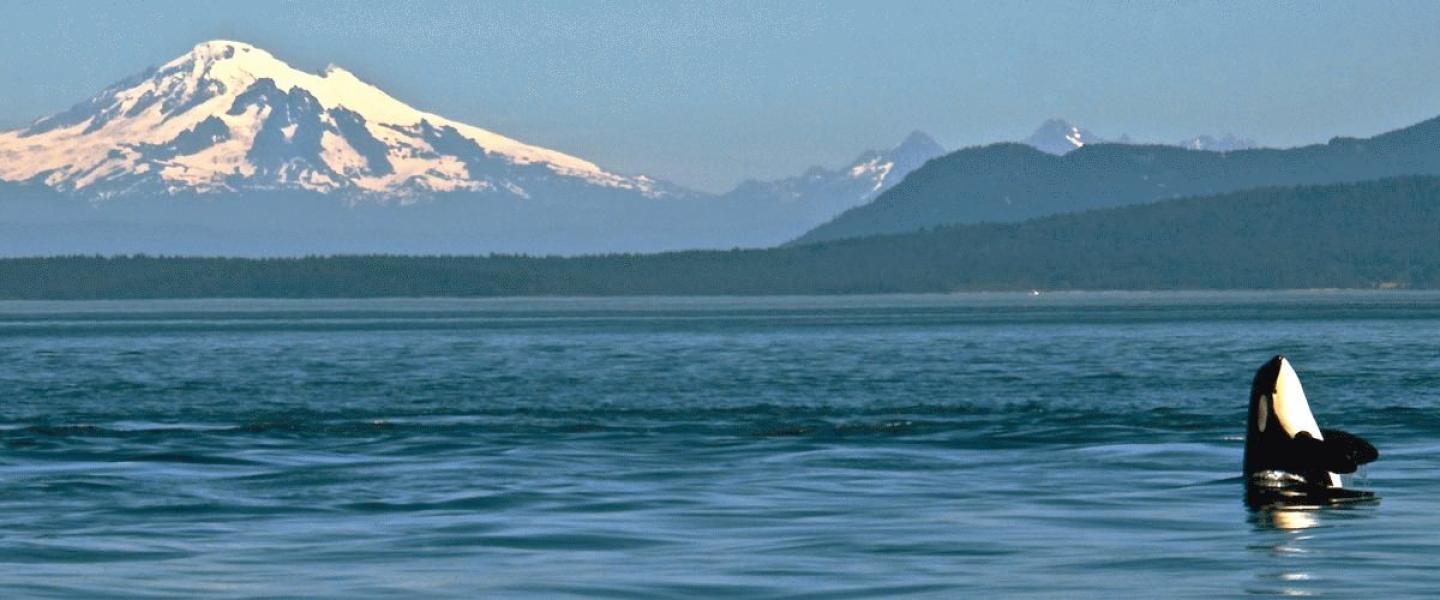
Linking killer whale survival and prey abundance: food limitation in the oceans
This study came out by John K. B. Ford, Graeme M. Ellis, Peter F. Olesiuk and Kenneth C. Balcomb, all highly esteemed whale scientists.
Here is an except:Â Resident killer whales are primarily salmonid predators that show strong selectivity for Chinook salmon (Oncorhynchus tshawytscha), probably because of this species' comparatively large size, high lipid content, and year-round availability in the whales' coastal habitat (Ford & Ellis 2006). Migrating chum salmon (Oncorhynchus keta), the second largest of the Pacific salmonids, are important prey during autumn although Chinook are targeted preferentially when available. The smaller but seasonally abundant sockeye (Oncorhynchus nerka) and pink salmon (Oncorhynchus gorbuscha), and some demersal fishes such as lingcod (Ophiodon elongatus) and Pacific halibut (Hippoglossus stenolepis), are consumed by resident killer whales but there is no evidence that these species comprise an important component of their diet.
To read the entire study, click on the link below for a pdf of how Chinook Salmon and Souther Resident Killer Whales are linked.
Southern Resident Killer Whales. Photo courtesy of NOAA/NMFS
http://rsbl.royalsocietypublishing.org/content/early/2009/09/14/rsbl.200...